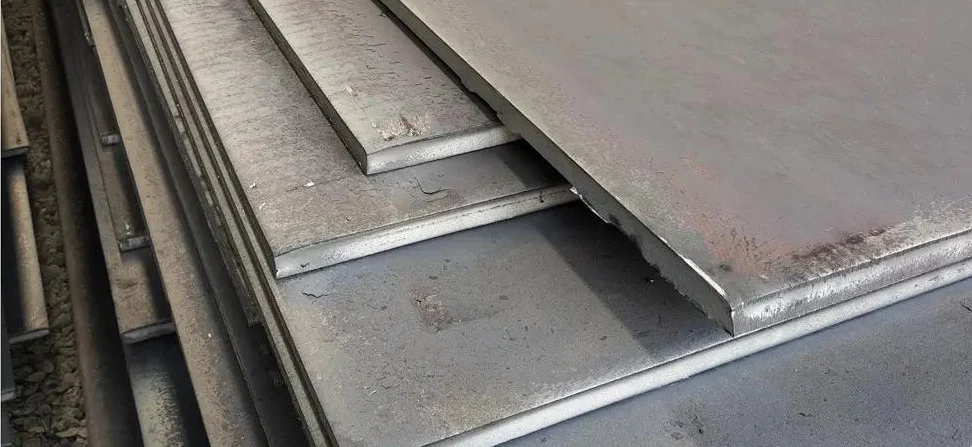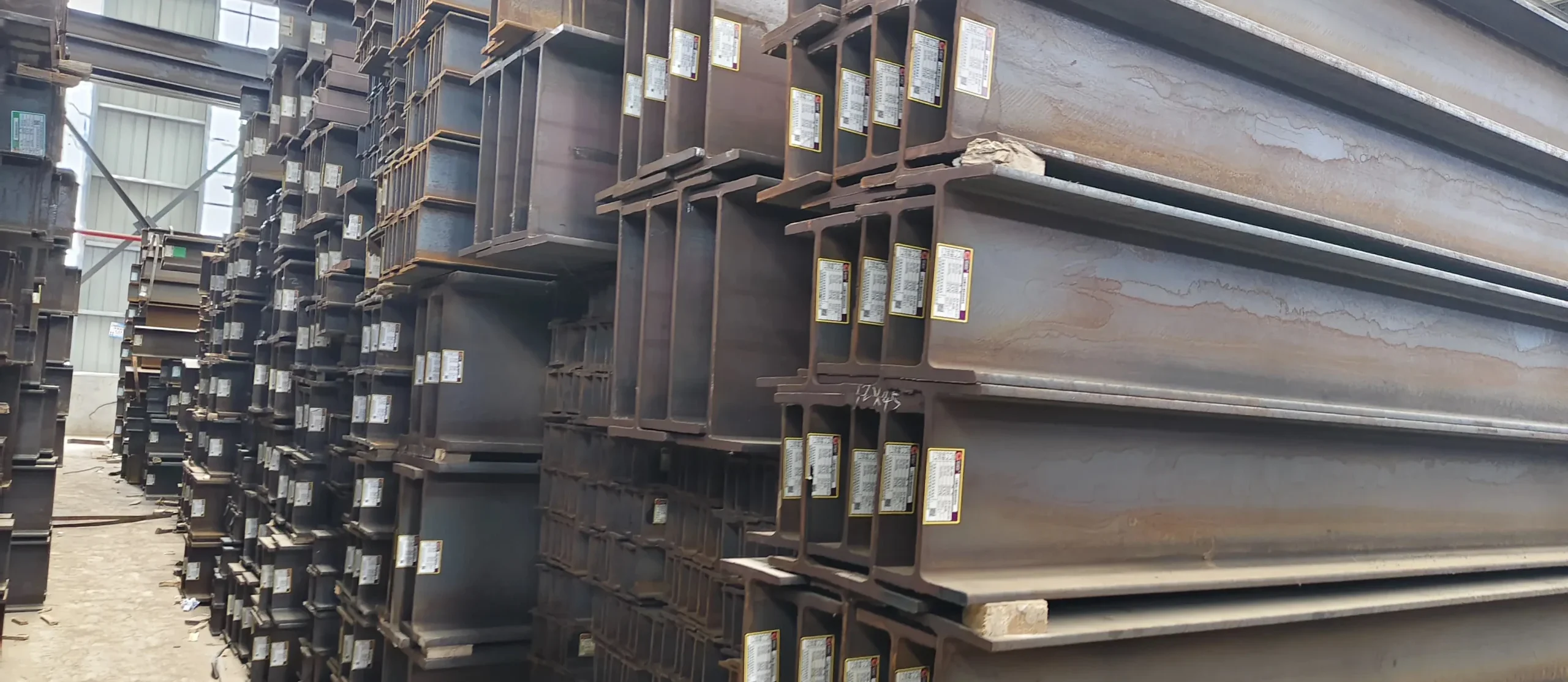What Is Duplex Stainless Steel? Advantages And Disadvantages

Duplex stainless steel has excellent pitting corrosion resistance and is also a nickel-saving stainless steel Duplex Stainless Steel (DSS). It refers to ferrite and austenite each accounting for about 50%. Generally, the content of less phase is the least Also need to reach 30% of stainless steel.
In the case of low C content, the Cr content is 18% to 28%, and the Ni content is 3% to 10%. Some steels also contain alloying elements such as Mo, Cu, Nb, Ti, and N. This type of steel has the characteristics of both austenite and ferritic stainless steel.
Compared with ferrite, it has higher plasticity and toughness, no room temperature brittleness, significantly improved intergranular corrosion resistance and welding performance, and brittleness at 475 ° C, high thermal conductivity, and superplasticity.
Compared with austenitic stainless steel, it has higher strength and significantly improved resistance to intergranular corrosion and chloride stress corrosion.
Duplex stainless steel can generally be divided into four categories:
The first type of low alloy type, representing the grade UNSS32304, does not contain molybdenum in the steel, PREN: 24-25, and can be used instead of AISI304 or 316 in terms of stress corrosion resistance.
The second type is medium alloy type, representing grade UNSS31803, PREN: 32-33, with corrosion resistance between AISI316L and 6% MO N austenitic stainless steel.
The third type of high alloy type, generally contains 25% CR, also contains molybdenum and nitrogen, and some also contain copper and tungsten, the standard grades are UNSS32550, PREN: 38-39 corrosion resistance higher than 22% Cr duplex stainless steel.
The fourth type of super duplex stainless steel type contains high molybdenum and nitrogen. The standard grades are UNSS32750 and some also contain tungsten and copper. PREN> 40, which can be used in harsh medium conditions and has good corrosion resistance and comprehensive mechanical properties. Comparable with super austenitic stainless steel.
*Note: PREN: Pitting Resistance Equivalent Number
Advantages of duplex stainless steel
1.Compared with austenitic stainless steel
- 1) The strength of the garment is more than double that of ordinary austenitic stainless steel, and it has sufficient plastic toughness required for forming. The thickness of the storage tank or pressure vessel made of duplex stainless steel is 30-50% lower than that of common austenitic stainless steel, which is beneficial to reducing costs.
- 2) It has excellent resistance to stress corrosion cracking, especially in the environment containing chloride ions. Even the duplex stainless steel with the lowest alloy content has a higher resistance to stress corrosion cracking than austenitic stainless steel. Stress corrosion is The outstanding problem that ordinary austenitic stainless steel is difficult to solve.
- 3) The corrosion resistance of the most common 2205 duplex stainless steel is better than that of ordinary 316L austenitic stainless steel in many media. Super duplex stainless steel has extremely high corrosion resistance. In some media, such as acetic acid, etc. It can even replace high alloy austenitic stainless steel and even corrosion resistant alloys.
- 4) It has good local corrosion resistance. Compared with austenitic stainless steel with alloy content, its wear resistance and corrosion fatigue performance are better than austenitic stainless steel.
- 5) It has a lower linear expansion coefficient than austenitic stainless steel, is close to carbon steel, and is suitable for connection with carbon steel. It has important engineering significance, such as the production of composite plates or linings.
2. Compared with ferritic stainless steel, the advantages of duplex stainless steel are as follows:
- 1) Comprehensive mechanical properties are higher than ferritic stainless steel, especially plastic toughness. Not as sensitive to brittleness as ferritic stainless steel.
- 2) Except stress corrosion resistance, other local corrosion resistance is better than ferritic stainless steel.
- 3) Cold working process performance and cold forming performance are far better than ferritic stainless steel.
- 4) Welding performance is far better than ferritic stainless steel. Generally, no preheating is required before welding and no heat treatment is required.
- 5) The application range is wider than ferritic stainless steel.
Applications of duplex stainless steel
Due to the high strength of duplex steel, it can often save material, such as reducing the wall thickness of the duplex pipe. Take one for the purpose of SAF2205, SAF2507.
SAF2205 is suitable for use in chlorine-containing environments. The material is suitable for use in chloride-containing refineries or other process media.
SAF2205 is especially suitable for heat exchangers using chlorine-containing aqueous solutions or brackish water as the cooling medium. This material is also suitable for dilute sulfuric acid solutions and pure organic acids and their mixtures.
Used since 1983, SAF2507 was developed for harsh chlorine-containing environments and has many important applications in the processing industry.



